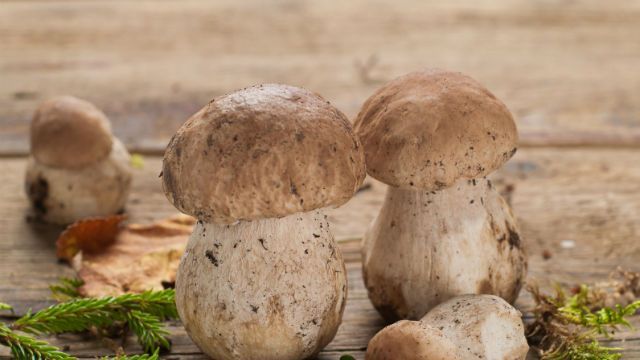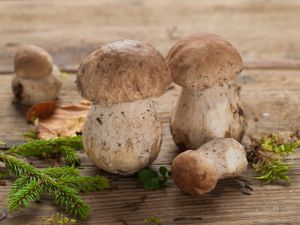
Fungi are non-green plant-like organisms that don’t move from place to place. They make spores, and just like humans, they’re eukaryotic, which means they have a nucleus and mitochondria inside their cells.
Yeast are one-celled, while other fungi, like mushrooms, are many celled. Unlike plants, they cannot make their own food, but must take in food to get energy to live. Some types of fungi obtain their food from things that are dead, while others are parasites.
Fungi can do lots of different things and include everything from mushrooms and yeast, as mentioned, to the mold that grows on your shower curtain.
Mushrooms, molds, yeast and mildews are all a part of the fungi kingdom, and can be both beneficial and detrimental. Some help to break down and remove dead organic matter, other species attack the tissues of living trees and plants resulting in many plant diseases that are caused by parasitic fungi.
The potato blight in Ireland back in the mid-18th century was caused by Phytophthora, which destroyed potato crops causing serious famine. Dutch elm disease, corn smut, and wheat rust are also examples of fungal diseases that attack plants. Another fungus, Tropical Race 4, destroyed acres of banana crops across Taiwan, Indonesia and Malaysia.
Some fungus can be eaten safely, but others are poisonous. Penicillin, produced by the sac fungus Penicillium, is used as an antibiotic to fight disease. Allergy medications are also the product of fungi as well. Infectious fungi can cause ringworm and athlete’s foot.
There are thousands of different types of mushrooms, including edible types. Edible mushrooms tend to contain a wide array of proteins and amino acids that not only give them great flavor, they also offer lots of nutrition. They’re a great protein source for vegetarians in particular.
Edibility is mainly defined as the absence of poisons combined with a desirable taste and smell – so, it’s not enough that a particular mushroom won’t make you ill, it needs to taste good too. There are only a few species that meet these criteria, which means most types of mushrooms are considered inedible.
If you have the urge to pick your own mushrooms, whether you’re using a field guide or a book like “Edible Wild Mushrooms of North America,” it’s essential to be thorough in the identification process, ruling out all other possibilities in order to avoid serious harm. Experts advise severing the cap from the stalk, putting it onto a piece of white paper, and looking closely to see what color the spores are in order to correctly identify it.
Of course the safest bet is to purchase edible fungi from your local farmers market, grocery store or co-op.
The most common types of edible mushrooms include –
White buttons: They range in size from tiny to jumbo, and are harvested young when they have the mildest flavor. They can be anywhere from creamy white to pale tan in color, with a firm texture.
Chanterelle: These mushrooms range from orange and yellow to brown, pale white or even black. They’re known for their fruity aroma.
Portabello: Portabello mushrooms are up to six inches across, with a steak-like taste and texture. The caps are often eaten as a vegetarian burger substitute.
Shiitake. These mushrooms are among the most popular, with a delicious smoky flavor that tastes best when cooked. They’re available fresh or dried.
Cremini: Cremini are similar to white button mushrooms but have a firmer texture and deeper flavor, ranging in color from pale tan to rich brown.
 While you definitely want to avoid the “bad” fungi, good fungi like edible mushrooms contain some of the most potent medicinal properties of any food on the planet, from fighting cancer and heart disease to boosting weight loss.
While you definitely want to avoid the “bad” fungi, good fungi like edible mushrooms contain some of the most potent medicinal properties of any food on the planet, from fighting cancer and heart disease to boosting weight loss.
Just remember when shopping for mushrooms to only choose organic as they absorb everything they’re grown in, the good and the bad.
-The Alternative Daily
Sources:
http://www.npr.org/templates/transcript/transcript.php?storyId=94563054
http://www.realsimple.com/food-recipes/shopping-storing/food/common-types-mushrooms-00000000040400/page2.html
https://ag.purdue.edu/btny/documents/good_bad_ugly_fungus.pdf

